Varanasi is one of the oldest continuously inhabited cities in the world. Its early history is that of the first Aryan settlement in the middle Ganges valley. By the 2nd millennium BCE, Varanasi was a seat of Aryan religion and philosophy and was also a commercial and industrial centre famous for its muslin and silk fabrics, perfumes, ivory works, and sculpture. Varanasi was the capital of the kingdom of Kashi during the time of the Buddha (6th century BCE), who gave his first sermon nearby at Sarnath. The city remained a centre of religious, educational, and artistic activities as attested by the celebrated Chinese Buddhist pilgrim Xuanzang, who visited it in about 635 CE and said that the city extended for about 3 miles (5 km) along the western bank of the Ganges.
At six in the morning, the alleys of old Varanasi gleam with last night’s rain. One path just wide enough for two men to walk abreast leads past shops down to the holy river Ganges.
It’s barely sunrise, but the alleys are already in chaos. Men jostle women, women jostle fat bullocks, bullocks narrowly avoid stepping on children. Everything is for sale – small bottles of holy Ganges water, larger bottles of branded mineral water, tiny figurines of the Lord Shiva, whose town this is. Tourists, almost invariably wearing colorful harem pants, brush shoulders with locals.
History
Varanasi is a city in Northern India also known as Benares or Kashi. The city is one of the oldest continuously inhabited cities in the world and is not only the spiritual capital of India, but also the holiest of seven sacred cities in Hinduism, and it played a significant role in the development of Buddhism.
Buddha is said to have founded Buddhism in Varanasi around 528 BC when he gave his first sermon at Sarnath, a nearby city located about 10km away. The city continued to grow in its religious significance and was under Muslim rule for three centuries from 1194, until a tolerant emperor restored some religious respite to Varanasi, which still remains a center of activity for Hindus.Book stays and experiences,
hand-picked by our travel experts.
For centuries, education, philosophy, culture, arts and religion have flourished here, and when you visit the religious center of Varanasi, you’ll see that this is what fuels the city and keeps it vibrant.Bathing in the Ganges © Lauren Marinigh/Twirl The Globe

The Ganges
A 2,525 kilometer river that flows through India and Bangladesh, the Ganges is the most sacred river to Hindus, and although it is ranked as one of the most polluted rivers of the world, it is still home to hundreds of species, and many locals that live along the river depend on it for everyday life. Once densely forested and home to animals like elephants, rhinos, lions, and tigers, over the years, the river and area surrounding has had to adapt to the ever-growing population, and now, large wild animals are few and far between.
The Ganges, much like the city of Varanasi, is said to be one of the holiest places in the world. People believe that bathing in the Ganges washes away sins and cleanses you of all evil, and when visiting, you’ll see hundreds of people every morning bathing along the river.
Cremations are also a tradition along the Ganges River, as Hindus believe cremation on the banks of the river frees the soul from the cycle of death and rebirth. Due to the population density and belief in this tradition, the famous cremation ghat in Varanasi operates 24 hours a day, seven days a week.Lining up for the nightly aarti © Lauren Marinigh/Twirl The Globe

The Ghats
Much of the daily life in Varanasi takes place on its 87+ ghats—stone steps that descent steeply towards the river and stretch northward into a crescent. Most of these ghats were built after 1700 AD and are associated with legends or mythologies, while others are privately owned.
As you take one of the popular boat rides along the shore, you’ll get a better view of all the ghats from the water. Assi Ghat is where the Ganges meets river Assi, and although it is not as popular for tourists and visitors, it is an important ghat for Hindus, as pilgrims bathe here before worshiping Lord Shiva.
Dashashwamedh Ghat :- is one of the oldest and important ghats and is where the famous Ganga Aarti ceremony takes place every evening. A great place for people watching, this ghat is constantly lined with beggars, sellers, pilgrims, and everything in between.
Manikarnika Ghat :- is the popular cremation ghat in Varanasi. Best seen at a respectful distance from a boat on the water, you’ll come face to face with death at this ghat, which will leave you with a strange feeling — one that almost makes you appreciate the traditions and celebrations of Hinduism even more.
Scindia Ghat :- located nearby the Manikarnika Ghat, Schidia is known for its particular site of interest—the partially submerged Shiva temple at the edge of the water that sunk during the construction of the ghat in 1830.
Although it’s next to impossible to make it to explore every ghat in Varanasi, the ones above are some that have specific significance and are popular among visitors.Life on the ghats © Lauren Marinigh/Twirl The Globe

Ganga Aarti
Each evening, groups of priests line the Dashashwamedh Ghat, and hundreds of people flock to the shoreline and in boats for the nightly aarti ceremony. The ceremony lasts about 20-30 minutes, during which priests perform rituals involving blowing horns, flower petals, bells, incense and smoking pots. Boats all tie together along the water to watch the ceremony and children and locals hop between boats selling snacks and masala chai.
The ceremony starts after sunset (around 6 p.m. in the winter and 7 p.m. in the summer), and getting there early to get yourself a boat with a good spot or the perfect place along the shore is key. The aarti takes place facing the river where the lamps are lit and circled around by the priests, all while being accompanied by chanting or songs that praise Mother Ganga. You may find this ritual so fascinating that you’ll want to attend every night while in Varanasi.
Varanasi is a city full of history, traditions and religion and is a city that can’t be missed while visiting India. Although the city can completely throw your senses into overdrive, no trip to India is complete without a visit here.The Ganga Aarti © Lauren Marinigh/Twirl The Globe

Imagine climbing to a viewpoint and looking down on India’s holy river to watch hundreds of people wading into the muddy waters to wash away their sins. Now imagine bearing witness to an actual cremation ceremony taking place on the banks of the same river. These are just two of the deeply spiritual things to do in Varanasi, but it doesn’t stop there. As one of the oldest cities in the world and the holiest city in India, Varanasi offers visitors an intense but magical glimpse into Hinduism and the local way of life. When it comes to what to do in Varanasi, this city is more about observing and absorbing the surroundings than hopping from place to place.
HOW TO GET TO VARANASI
There are three ways to get from Delhi to Varanasi; flight, train, or bus. Your budget, preferred style of travel, and time restrains will dictate your choice. Flights are relatively cheap and very quick, however the advantage of taking a bus or train is being able to enjoy the scenery and experiencing long-haul travel in India. Find details below on each mode of transportation:
- By air: This is the quickest way is to fly into Lal Bahadur Shastri Airport in Varanasi from Delhi. There are daily direct flights starting at USD 30* with airlines like IndiGo, Vistara, Air India, and SpiceJet. The flight takes around 1 hour and 25 minutes.
- By train: Another easy and preferred method of travel to Varanasi from Delhi is by train. The fastest train will have you there in 11 – 12 hours, but some routes take as long as 18 hours. The speed of the train and number of stops along the way is what dictates the duration. The long travel hours are the reason why many travelers pick the night train option. You can leave Delhi in the afternoon and reach Varanasi by sunrise. The fastest trains (around 12 – 13 hours) are run by Swatantrta S Express, Shiv Ganga Express, New Delhi Guwahati Superfast Special, Poorva Express, and Rajdhani Express. The cost is anywhere between USD 6 – 18* depending on seat class.
- By bus: As with the trains, there are day and overnight bus options. The typical journey duration is around 13 – 14 hours. Uttar Pradesh State Road Transport Corporation, Safar Express Tour and Travel, R.S. Yadav Travels, Amar Travels, and Kn Nehra Travels are the most known companies. Prices range between USD 9 – 27* depending on bus company and seat class.
Varanasi can also be easily accessed by flight from Mumbai, Goa, Bangalore, Kathmandu, and Khajuraho.
BEST TIME TO VISIT VARANASI
The winter months of November – February are the best time to visit. Temperatures can get quite cool as Varanasi is in northern India, however the weather during this time is more comfortable for touring, exploring, and walking around. Average daily temperatures are in the 15 – 21° C (mid-60 and 70° F). It’s common for evening temperatures to drop into the 7 – 13° C (40 and 50° F).
5 THINGS TO DO IN VARANASI
Varanasi is all about the emotional journey; discovering the famous ghats, cruising down the Ganges River, or appreciating the simplistic beauty of the ancient riverside temples as they bask in the sunrise glow. Although there are many ancient temples, forts, and specific sites to see, a good chunk of time should be set aside for just observing all the special rituals that take place in Varanasi on daily basis. Although it’s hard to narrow down what to do in Varanasi, the five items listed below are the absolute can’t-miss sights, events, and activities:
1. Manikarnika Ghat

Ghats are the large, flat steps built on the land that lead directly down into the Ganges River. They are used by pilgrims to enter the water to wash away their sins and pray and worship upon. The Manikarnika Ghat is a little bit different. It’s the main “burning ghat”, the most prosperous cremation site for a Hindu. On these steps, the body is dunked in the Ganges River prior to being burned by firewood on the steps. Tourists are allowed to witness the ceremony, but it’s crucial to be respectful. There are absolutely no photos allowed. You can watch the ceremonies from the top of nearby buildings. You will likely be invited to these spots by “guides” who will ask for donations for the ceremony in exchange for taking you there.
- Good to know: Varanasi is the most sacred place to die for Hindus because it’s believed that dying and being cremated here releases one from the cycle of reincarnation. Some make the journey to Varanasi just to die in the holy city.
2. Boat ride on the Ganges River

Flip your perspective of the famous ghats and book a boat ride down the Ganges River at either sunrise or sunset. Observing the people bathing and praying in the water as the sun’s light sets the backdrop of ghats and city buildings all aglow is a magical experience and definitely a top thing to do in Varanasi. It also offers a different viewpoint for photographers chasing after that perfect shot.
- Good to know: Traditional row boats are available all along the river side and the price can be negotiated. Expect to pay around USD 3 – 5* for a 90 to 120-minute boat ride.
3. Kashi Vishwanath Temple
As the holiest city in India, you would be correct to assume that there are quite a few temples here. You can see temples literally at every turn, but the most spectacular is Kashi Vishwanath. Constructed in 1776 and dedicated to Lord Shiva, this temple holds nothing back. Aesthetically speaking, the temple is jaw-dropping; the dome and tower are coated in 800 kilograms of gold. It’s also one of the holiest (if not the holiest) Hindu temples in the world. Many saints have visited here and pilgrims attribute a visit to this temple and a bath in the Ganges as the path to liberation.
- Good to know: This temple is one of the twelve traditional Jyotirlinga temples in India, the most powerful and sacred place to worship Lord Shiva.
4. Ganga Aarti Ceremony
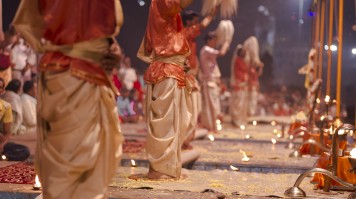

This is a nightly event hosted by a group of young priests dressed in traditional clothing along the banks of the Ganges at the Dashashwamedh Ghat. The ceremony is a show of commitment and dedication to Lord Shiva. Huge crowds gather around the ghat, lit by brass lamps, while mantras and chants fill the air at the start of the ceremony. Incenses are burned, conch shells are blown, and loud music is played while the priests perform their rituals. This a truly unique way to experience this holy city, making the Dashashwamedh Ghat an absolute top place to visit in Varanasi.
- Good to know: The aarti takes place at 6:45pm every evening and lasts for about 45 minutes.Take an evening boat ride to Dashashwamedh Ghat to get the best views of the aarti ceremony.
5. Shop the markets and explore the alleyways

Get lost in the city as you soak up the true culture and witness daily life in its purest form. Put the Manikarnika Ghat behind you and wander where ever your heart desires. You’ll find street food, shops, guest houses, and restaurants all crammed into the ancient narrow alleyways. Be sure to check out the main shopping areas of Vishwanath Lane, Thateri Bazaar, and Godowilia Market, all which are within easy walking distances (20 minutes or less) from the famous ghat. These markets sell bags, ornate jewelry, shoes, clothing, silk sarees, bangles, fabrics, religions items, knickknacks, wooden carvings, copperware, and much more.
- Good to know: Varanasi is famous for its beautifully colored silk banarasi sarees. These can be worn wrapped around the waist like a skirt and wound around the bodice as a shoulder shawl. This is one authentic souvenir that should definitely be bought from the bazaars.

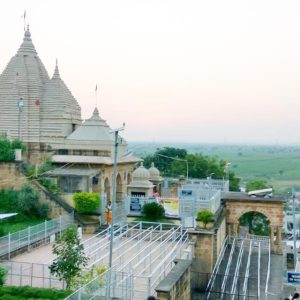
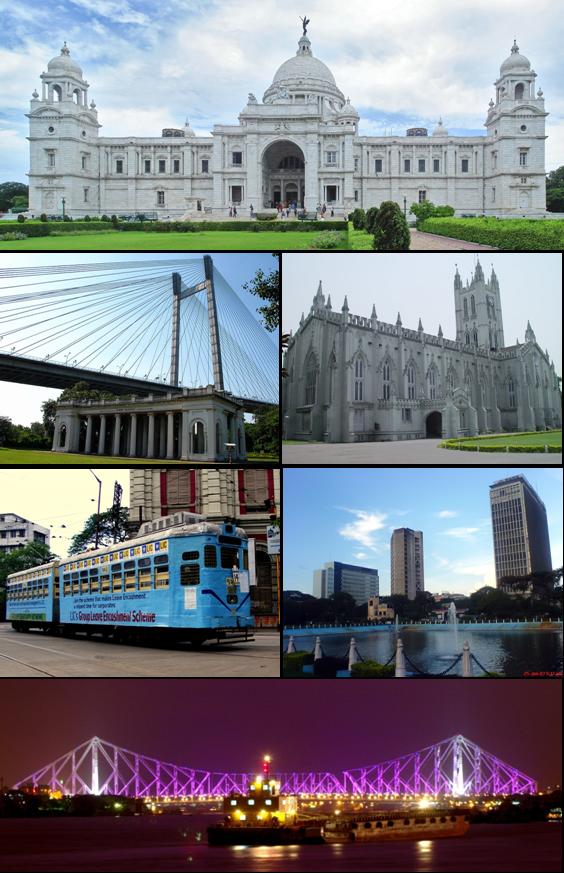
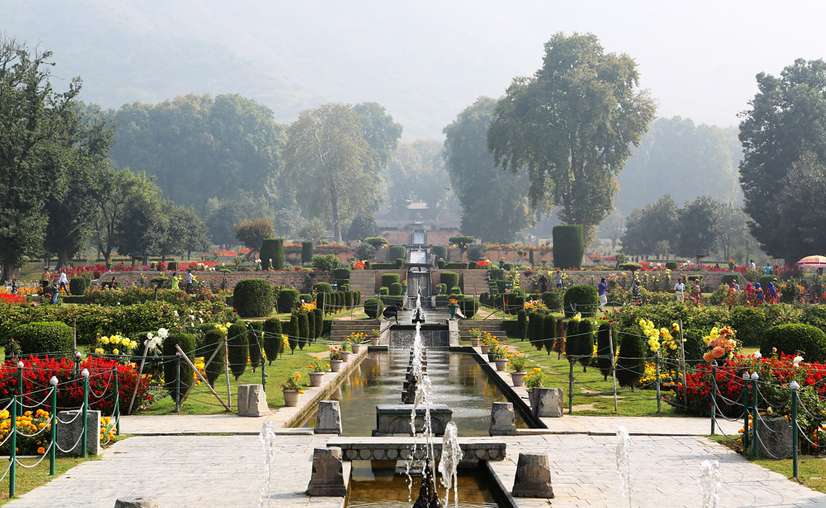
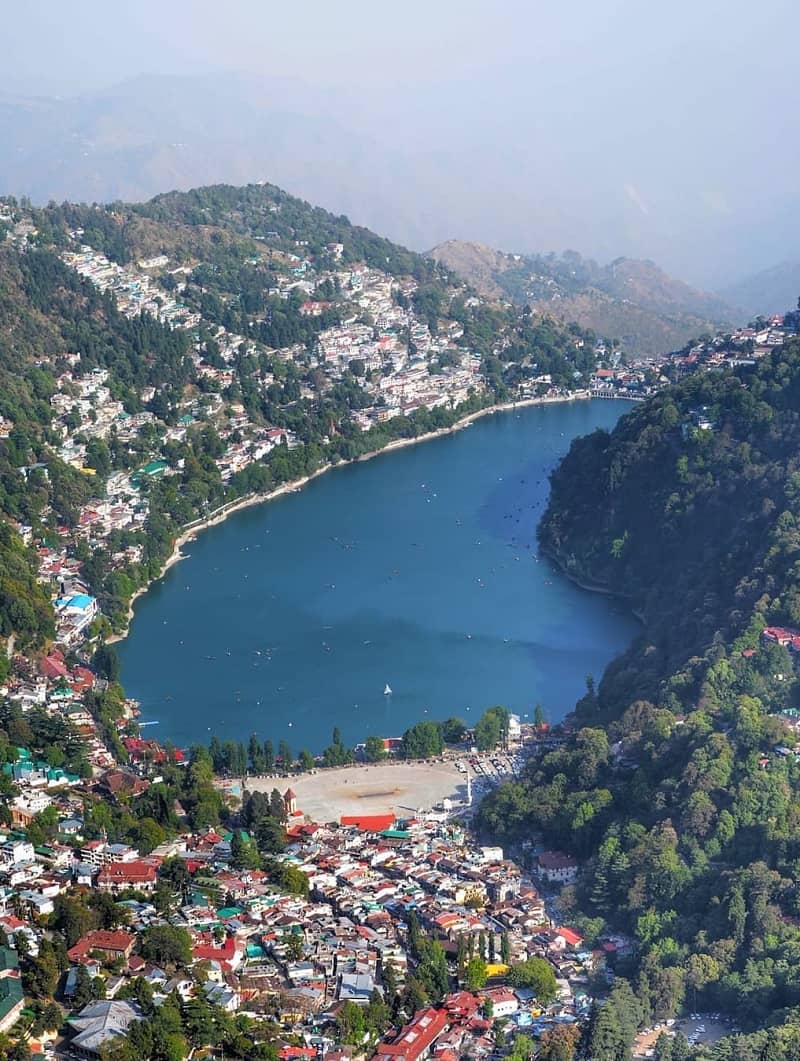
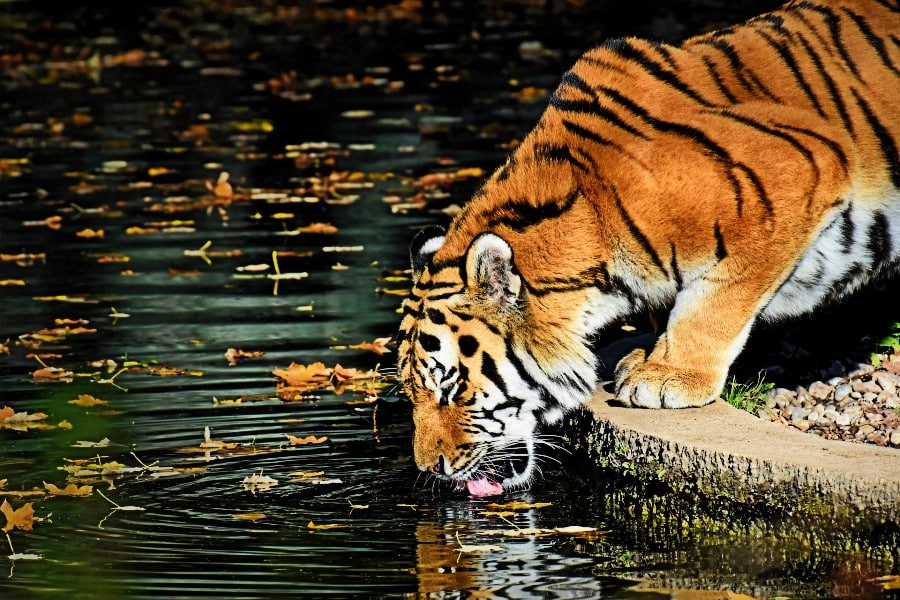
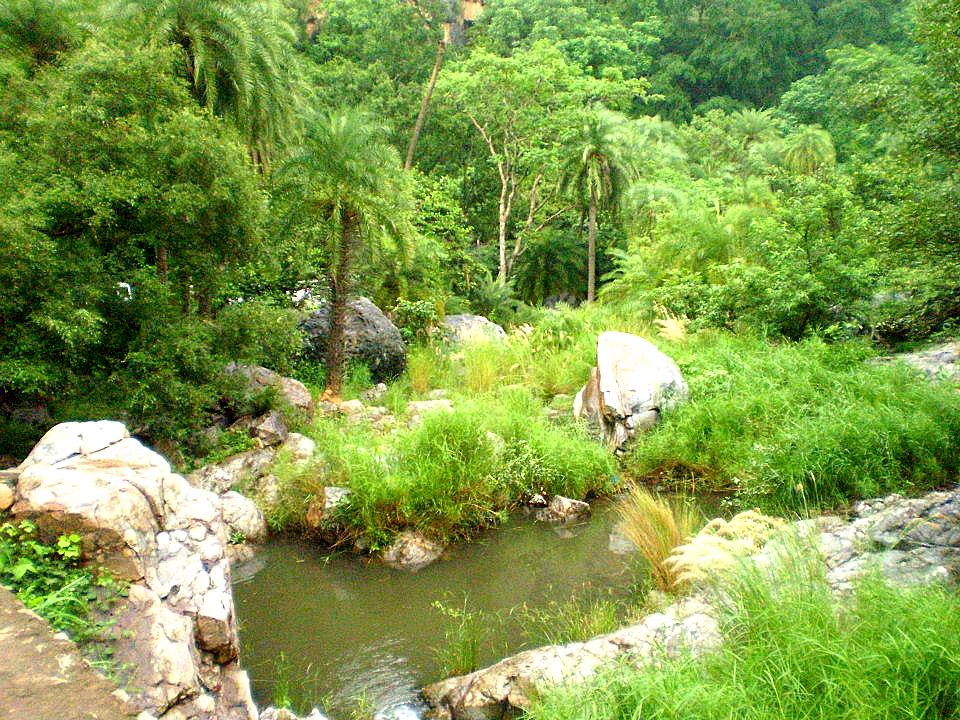
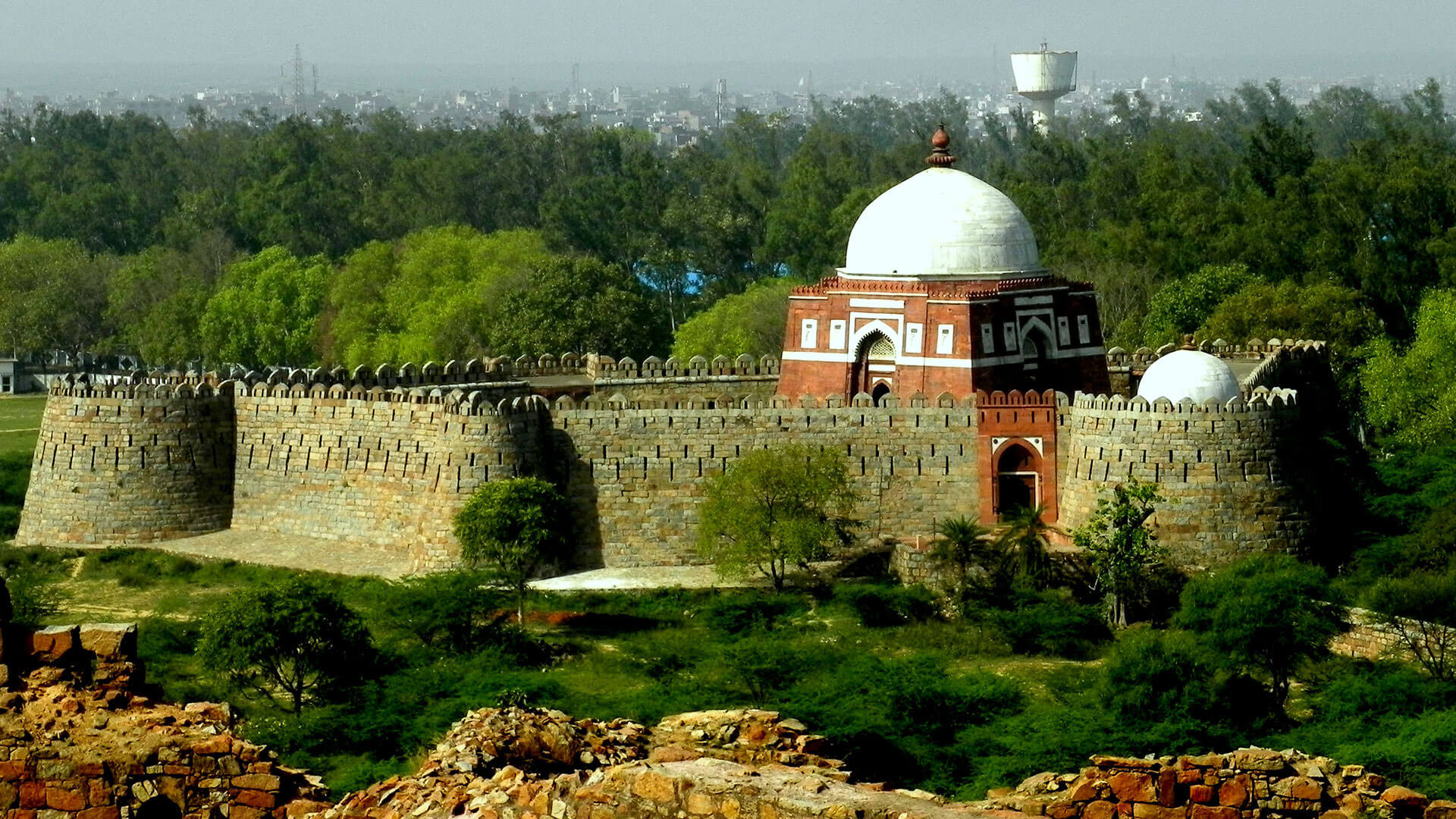
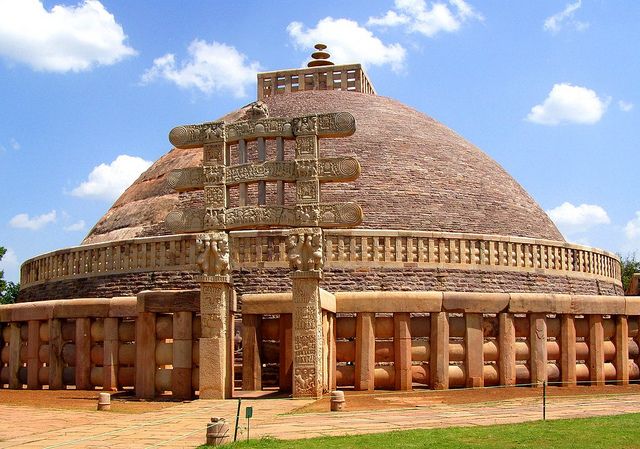
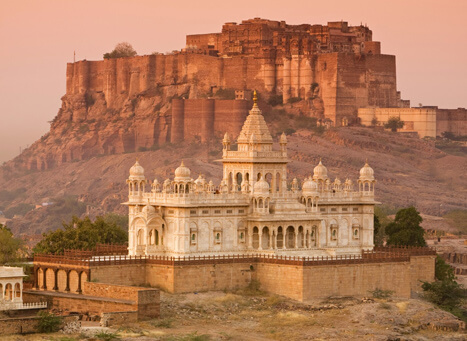
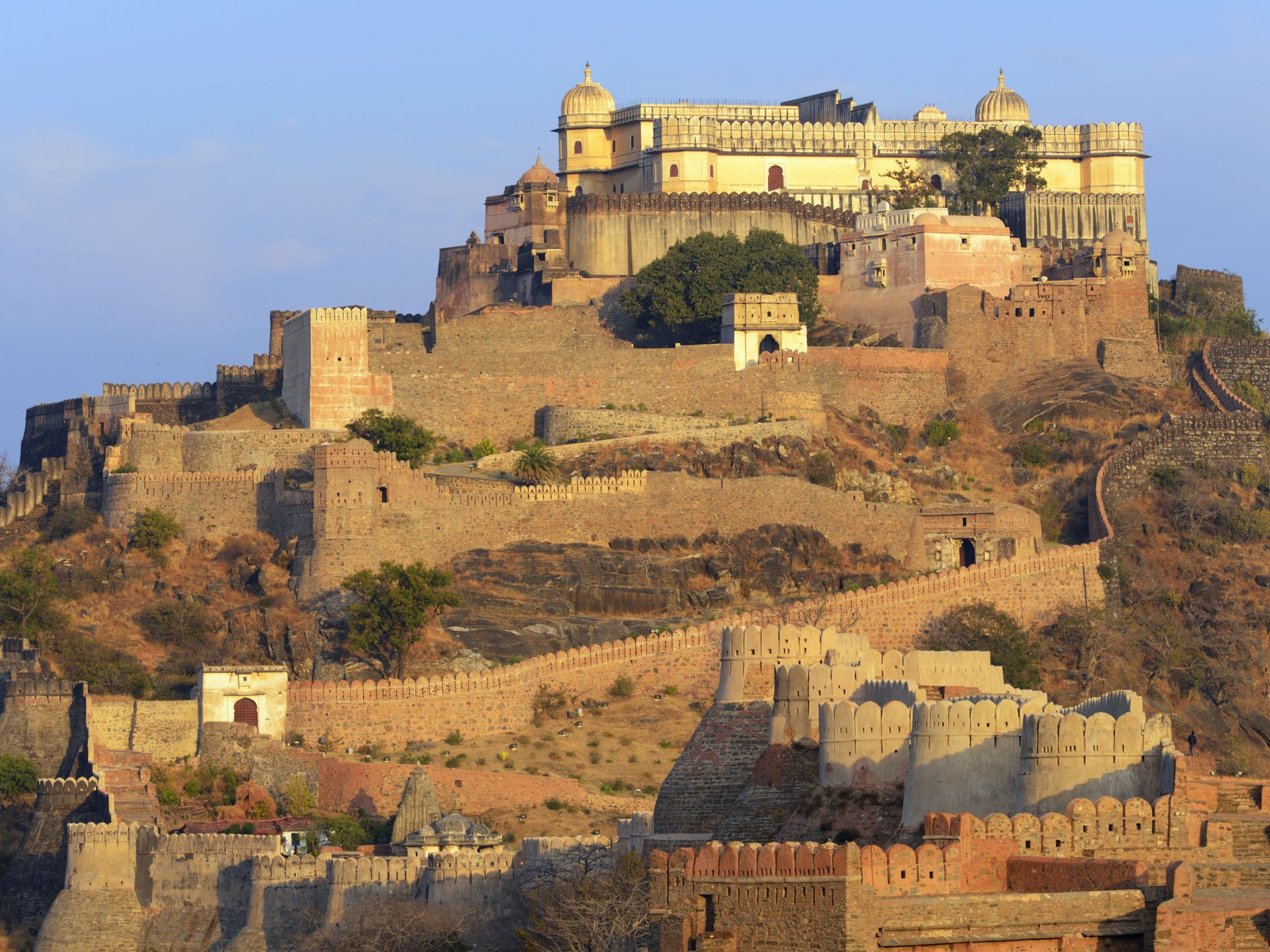


12 Comments
Comments are closed.